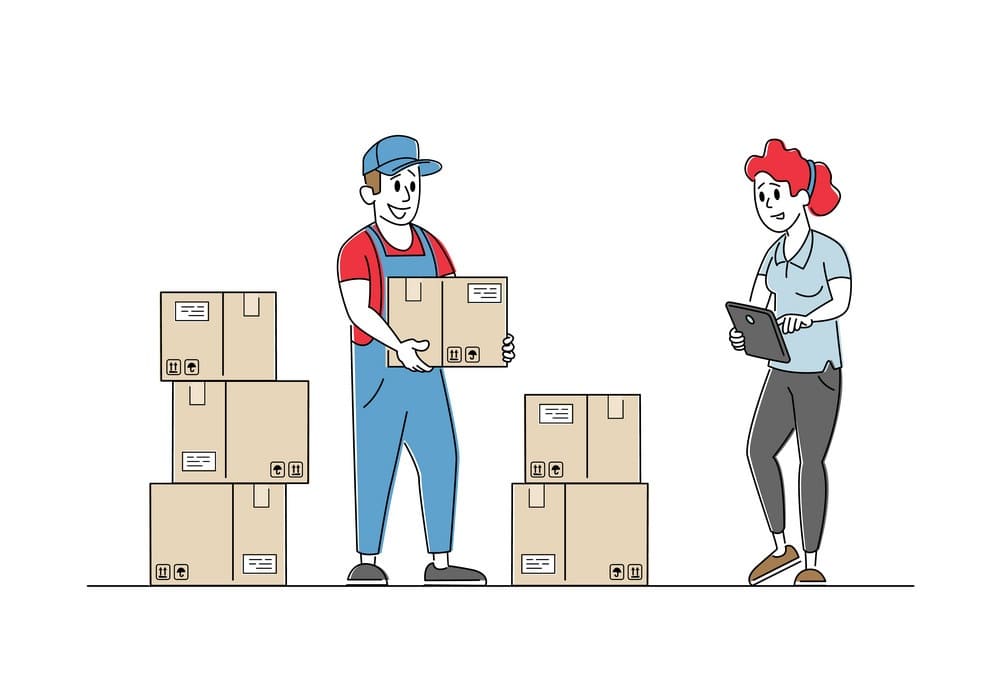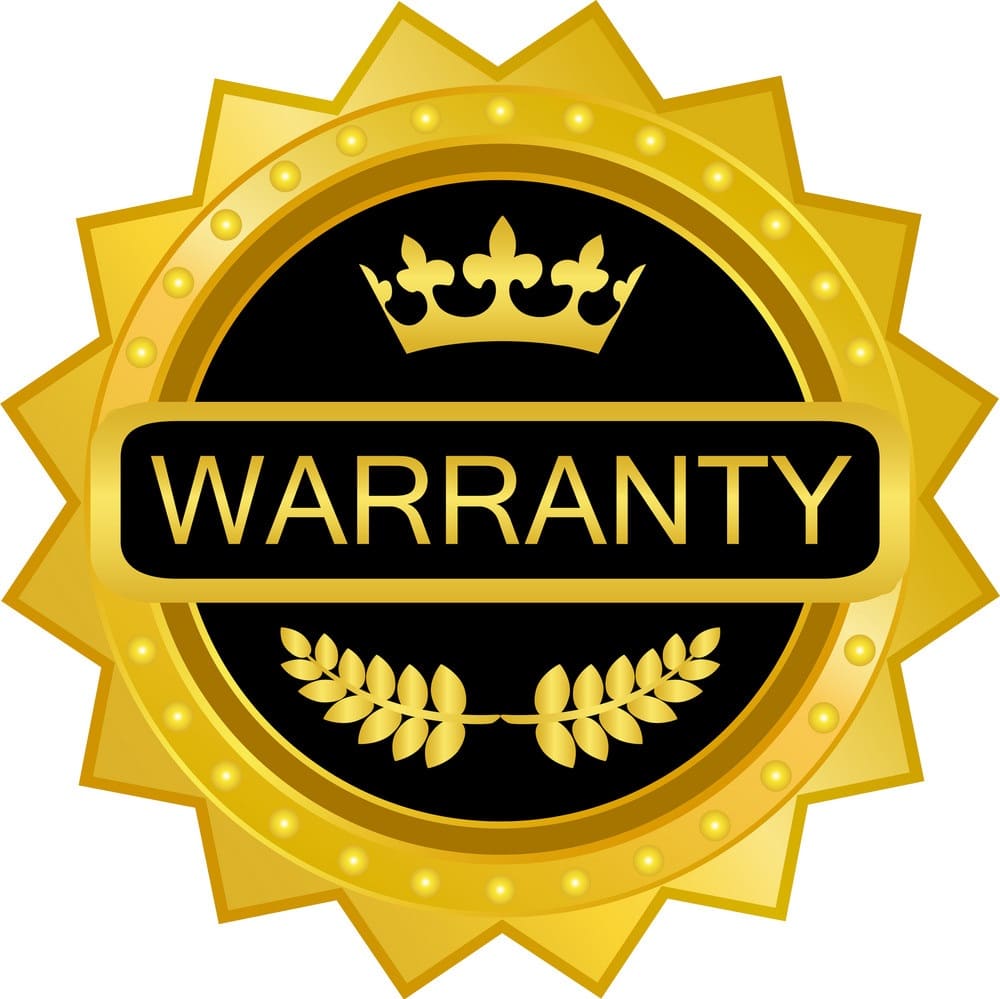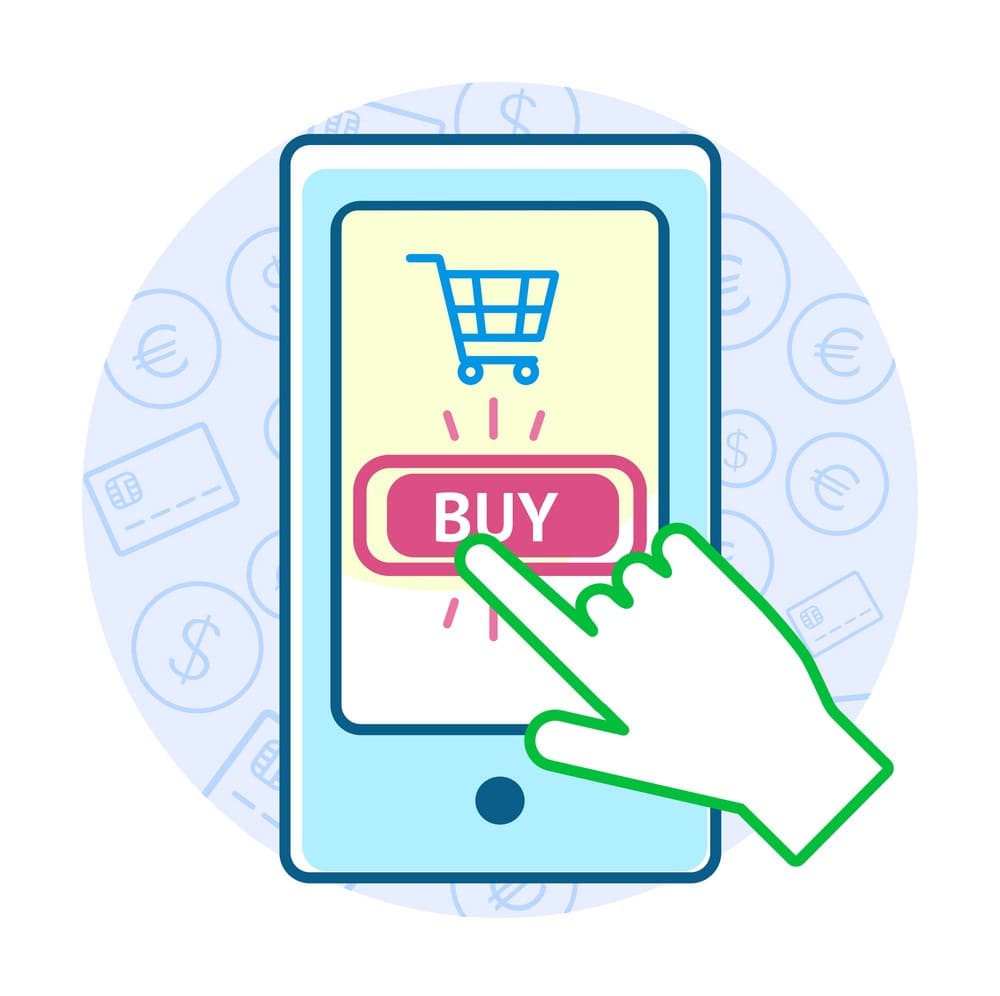IoT in eCommerce: How Connected World is Taking Trade To The Next Level
eCommerce has become the most preferred mode of shopping nowadays. Rather than visiting traditional brick-and-mortar stores, now more and more people prefer to buy products through the internet. The key factor driving this e-commerce revolution is the Internet of Things (IoT). IoT is a powerful technology that enables sellers to analyze customer behavior and create new business products, services, and models based on customers’ needs and preferences. In this blog, we’ll discuss the applications of IoT in eCommerce that are changing the future of trade.
Explore Popular Internet of Things (IoT) Courses
What is IoT in eCommerce and Retail?
To understand what is IoT in eCommerce, let us first take a look at the definition of eCommerce. Electronic commerce or e-commerce refers to a business model that enables sellers and buyers to sell and buy goods and services over the Internet.
IoT in eCommerce is the use of IoT technology in the eCommerce trade. IoT sensors are used to track commodities, monitor customer satisfaction, provide supply chain insights, and monitor inventory safety. This enables retail and eCommerce firms to gather crucial insights about their customers and the market. Using this data, they can carry out operations smoothly and efficiently.
Best-suited IoT and Connected Devices courses for you
Learn IoT and Connected Devices with these high-rated online courses
Application of IoT in E-commerce and Retail
With the integration of IoT, e-commerce processes become more effective and streamlined. It helps in managing all processes efficiently to provide a better customer experience.
Here are some of the top applications of IoT in eCommerce and retail, explaining how this technology is positively impacting the trade.
- Smart Logistics
- Inventory Management
- Improved Customer Experience
- Item Maintenance and Warranty
- Personalization
- Website Development
Let’s understand these applications of IoT in eCommerce in detail.
IoT in eCommerce: Smart Logistics
With IoT sensors, GPS trackers, and RFID tags, companies can track the journey of an item through the supply chain. Sellers can track items on their way from suppliers to warehouses or from warehouses to customers in real-time. Automating the shipping and delivery processes with IoT sensors can help companies in eliminating issues relating to missing shipments.
The IoT sensors and RFID tags provide information about the good’s journey, its location, its speed, conditions, and more. This helps business owners track the arrival time and avoid losses or wrong deliveries. Customers can also keep a track of where their item is and when will it arrive at their doorstep.
Type of Data Collected by IoT Sensors for Smart Logistics
- Item’s location, temperature (perishable goods), distance, and more
- Route and speed of the shipped products
- Estimated arrival time periods of the shipped products
IoT in eCommerce: Inventory Management
IoT sensors and RFID tags have changed the approach to managing inventory. These sensors contain information related to the type of product, its availability, its expiration date, and more. This data enables sellers to monitor the quantity and quality of each item.
Using IoT sensors, business owners can also track the items coming in and going out of the warehouse. RFID tags and sensors smoothen business operations in such a way that there is no need for retailers to hire store managers to track merchandise physically.
IoT sensors can also monitor the warehouse temperature for perishable goods. These sensors send an alert to the system if the temperature is not optimal for the perishable items. Smart shelves with sensors help automate the allocation and movement of items in a warehouse by identifying free spaces on the shelves.
Type of Data Collected by IoT Sensors for Inventory Management
- Incoming and outgoing commodities
- Number of sold products
- Items that need to be replenished
- The temperature of perishable goods
IoT in eCommerce: Improved Customer Experience
With online shopping gaining a lot of popularity, the pressure is now on retailers to ensure an excellent customer user experience. IoT technology helps in improving the relationships between manufacturers and end consumers. It enables sellers to provide a more inclusive and engaging shopping experience for their consumers.
Many companies use IoT for gaining insights regarding the commodities sold to the customers. For instance, based on data, manufacturers of water purifiers offer to service the purifier themselves. In this way, the businesses can set themselves apart from their rivals. Because the brand will remain in the mind of the consumers over the product’s lifetime.
Type of Data Collected by IoT Sensors for Customer Experience
- Shopping patterns in search trends
- Online browsing trends
- Customers’ online activities on competing websites
IoT in eCommerce: Item Maintenance and Warranty
IoT can help businesses in remote assessment, maintenance, and analyzing the performance of their products. The information obtained helps businesses to know how the item is used. Based on that, they can anticipate and eliminate breakdowns. If the sensors report that it is not functioning properly, then the company can call the customer for repair or replacement of the product in advance.
Type of Data Collected by IoT Sensors for Item Maintenance and Warranty
- Equipment/Item status data
- Amount of power used by the item
- Warranty due date
Explore Free Online Courses with Certificates
IoT in eCommerce: Personalization
IoT sensors and devices collect data about customer preferences. By analyzing this data, businesses can offer personalized experiences for their customers. This will improve loyalty and help in revenue growth.
IoT can help in creating customized advertisements for a specific group of customers. It can identify the shopping patterns through search trends and online browsing. This helps companies to sell their products to customers.
For providing a greater degree of personalization, the data gathered through smartphones and smart home devices can be very helpful. The information collected helps marketers to attract customers and even impact their buying decisions. For instance, if a person’s home appliance is taking up too much energy, businesses can share ads of their environment-friendly models sharing the benefits of saving energy and cost.
Insurance companies are employing IoT-powered smart devices such as GPS, as well as speed sensors for tracking discounts for vigilant drivers and greater rates for the ones who tend to exceed their speed.
Type of Data Collected by IoT Sensors for Personalization
- Location
- Online shopping habits
- Time spend on a particular competing retailer’s website
IoT in eCommerce: Website Development
Many companies are adopting IoT-oriented eCommerce websites to ensure a great user experience. Retailers can use varied data coming from different sources such as browsing trends, data from smart devices, and more to create responsive websites. This helps businesses in enhancing the user experience online.
Type of Data Collected by IoT Sensors for Website Development
- Shopping trends
- Browsing trends
Check Out the Best Online Courses
Conclusion
Earlier, we used to go out to a physical store to buy a product but now we can scroll through the endless products available on eCommerce websites using our smartphones. The Internet of Things (IoT) plays an important role here. Many businesses today are leveraging the power of IoT technologies for creating innovative and high-tech solutions to enhance customer satisfaction and loyalty.
By deploying IoT technology in its processes, the eCommerce industry will see better inventory management, a growth in revenue, enhanced logistics tracking, easy tracking of security challenges, and more. Integrating IoT in retail and eCommerce has the potential of offering a lot more benefits to sellers while also providing a holistic customer experience.
Recently completed any professional course/certification from the market? Tell us what liked or disliked in the course for more curated content.
Click here to submit its review with Shiksha Online.
This is a collection of insightful articles from domain experts in the fields of Cloud Computing, DevOps, AWS, Data Science, Machine Learning, AI, and Natural Language Processing. The range of topics caters to upski... Read Full Bio









